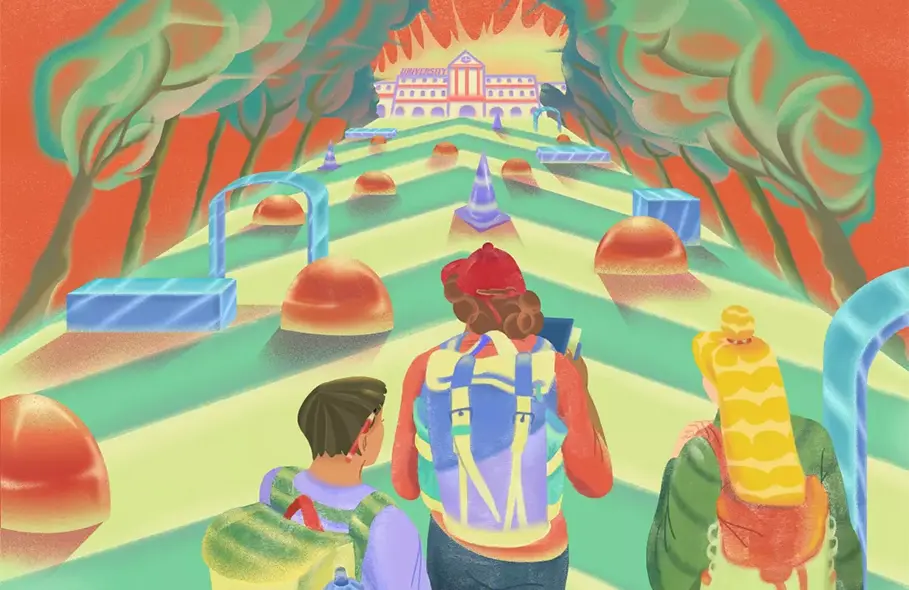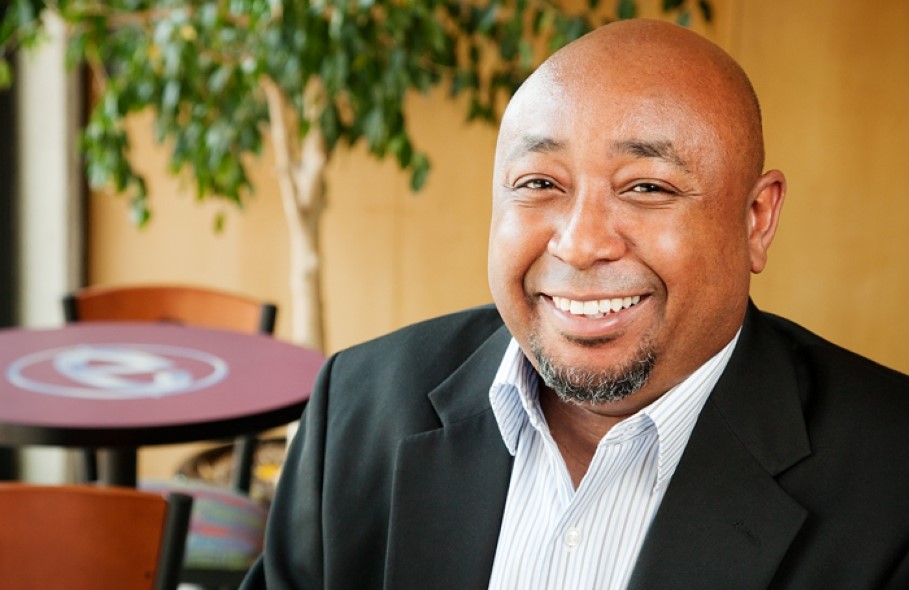Most Community College Students Plan to Get 4-Year Degrees. Few Actually Do
by Dylan Peers McCoy, WFYI Indianapolis / Aug 22, 2024

Huriya Jabbar, a professor of education policy at the University of Southern California, co-wrote a book, which will be published in September, about community college transfer students. Her research focused on Texas, where policies vary by institution and major.
“When a student enters community college, they need to know not just what major — area of study — but which university they plan to transfer to,” Jabbar said, “because what they do at the community college to transfer will vary.”
College advisers are supposed to help students prepare to transfer, making sure they have the right credits for the degree they’re pursuing and facilitating a smooth transition to a four-year school. But in Texas, Jabbar found that these advisers had large caseloads, which limited their ability to help students. Advisers also struggled to keep up with changes in degree requirements at different institutions, Jabbar said. Sometimes they gave students information that was outdated or wrong.
According to Jabbar, one common problem transfer students face is being forced to take extra classes. That happens when four-year schools don’t give students credit for all the classes they took in community college, or the courses are counted as electives instead of major requirements.
When students lose credits, it’s time-consuming and expensive, said Lorenzo Baber, director of the University of Illinois Urbana-Champaign's Office of Community College Research and Leadership.
“That's money,” he said. “That's a couple thousand dollars, which matters.”
Two-thirds of community college students take classes part time. And they often juggle jobs, caregiving and other obligations that can disrupt their education.
Because of that, Baber said, improving transfer success is not just up to higher education institutions. It requires investments in social supports ranging from child care to broadband access to health care. Someone might be forced to leave school, for example, to provide for a sick family member who has limited health care access.
“You could have the best designed programs,” Baber said, “but that gets rendered meaningless if somebody needs to stop out because they need to take a job to pay the bills of their household.”
